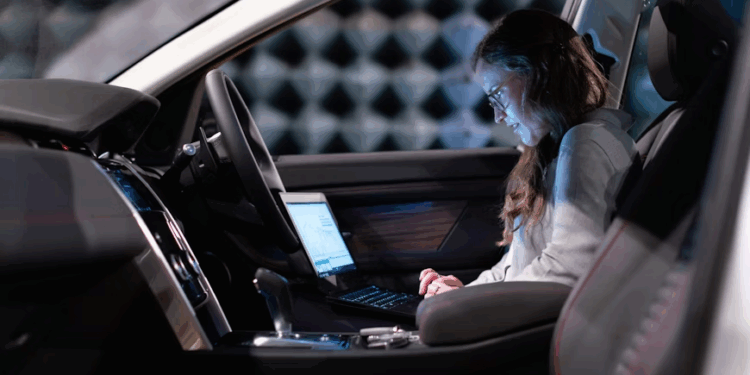Buying a used car used to feel like a gamble. In 2025, it feels more like a digital investigation.
Today’s car shopper can scan, decode, and verify almost everything before setting foot on a lot. Tech tools reveal hidden repairs, check EV batteries, and confirm real service histories.
This guide breaks down the smart ways to vet a used car before you hand over money.
Verifying the Story Behind the VIN
The VIN remains the backbone of any car check in 2025. Use a trusted online decoder that cross-references national and manufacturer databases for recalls, odometer rollbacks, and accident claims.
Modern tools match this data with service logs and location trails. Each number uncovers part of the car’s history. When the seller’s story conflicts with the data, you spot the problem early and avoid paying for someone else’s damage.
Scanning Beyond the Paper Trail
Once the VIN details line up, shift the attention to the car itself. Bluetooth OBD-II scanners now plug into almost every model, pulling live sensor data and fault codes. These reveal issues invisible to the eye, from transmission slips to EV charging faults.
Dealers often gloss over such data under Certified Pre-Owned Vehicle Concerns, so keeping your own scan record protects you later—store results in cloud notes, timestamped and organized, to back any claim or negotiation.
Reading Between Pixels with AI Tools
AI photo analysis turns surface checks into data-driven inspections. Upload a few exterior and interior shots, and image recognition systems flag misaligned panels, filler marks, or airbag deployments disguised by fresh trim.
This method works much like comparing fingerprints, where every minor line matters. Even lighting inconsistencies or subtle paint haze can reveal prior damage. Keep all flagged images in a secure folder, labeled by area, to support later warranty claims or resale discussions.
Checking EV Battery Health Reports
Electric cars now dominate used-car lots, and their value depends heavily on battery condition. Many automakers and third-party apps generate battery health reports from telematics data. These show remaining capacity, charging patterns, and a history of temperature stress.
A car that seems perfect can still lose range quickly if the pack has endured years of fast charging. Always compare the seller’s report with manufacturer averages, then store both versions. This documentation builds leverage for pricing, warranties, or later resale.
Archiving and Using Digital Evidence
Every scan, report, and image matters when negotiating. Keep everything in a cloud folder with clear labels and dates. Apps now create secure digital binders that bundle VIN checks, OBD data, and photo evidence into one shareable file.
This record becomes your strongest proof of due diligence. When a dealer disputes an issue or warranty claim, the archive provides verifiable support. It keeps every transaction transparent and ensures the car’s documented history remains intact over time.
Spotting Red Flags in Certification Paperwork

Certification forms may look official, but their details warrant scrutiny. Many dealers outsource inspections to third-party providers, and the quality varies. Digital certificates should include time-stamped photos, technician IDs, and full inspection criteria.
A missing timestamp or vague service line often signals rushed or incomplete work. Cross-check those entries against your independent reports and stored data. Consistency across all sources indicates reliability, while mismatches suggest the certification might not reflect the car’s true condition.
Using Recall and Maintenance Databases
Public recall databases now sync directly with VIN search tools, making it easier to spot unresolved safety issues. These platforms also link to maintenance histories from national service networks. A clean title does not always mean a clean record, and outdated repairs can hide under new software updates.
Compare the recall status with the car’s service logs to confirm completed fixes. Save digital receipts or screenshots, since this proof can support future warranty requests or insurance evaluations.
Final Checks Before Sealing the Deal
As the final step, bring all digital evidence together for a comprehensive review. Use inspection apps that compile VIN results, OBD data, AI photo scans, and battery reports into a summary dashboard. This helps visualize any unresolved issues before payment.
Cross-verify each record with the seller’s paperwork, then confirm that warranties or recall claims match the findings. A careful digital wrap-up prevents surprises later and gives you confidence that your purchase is based on solid, verified data.
Final Words
Trust comes from proof, not promises. Tech in 2025 gives buyers tools that make car shopping less about luck and more about facts. Whether scanning codes or verifying records, each check builds control and clarity.
Buying pre-owned no longer means guessing—it means verifying with confidence, one dataset at a time, until the car’s story aligns with the truth you can see and store.
























































